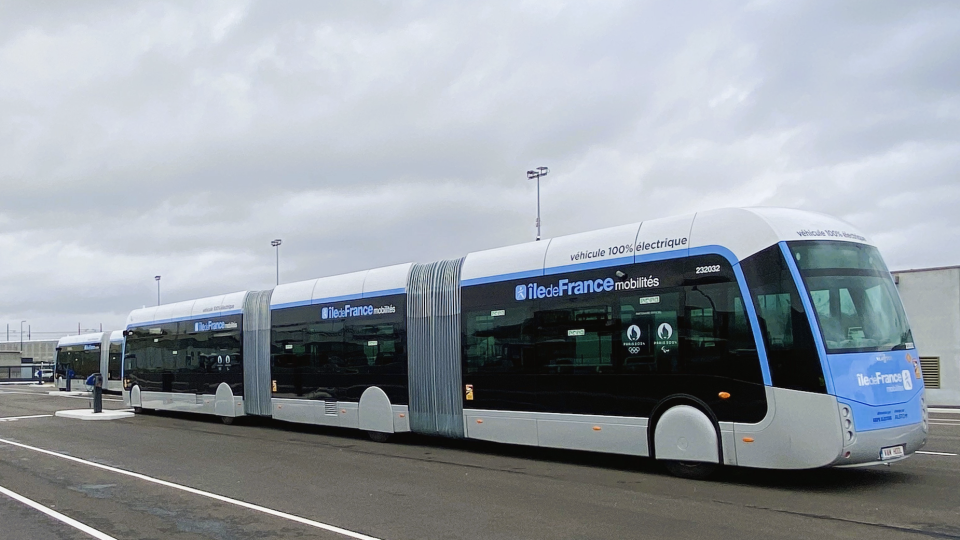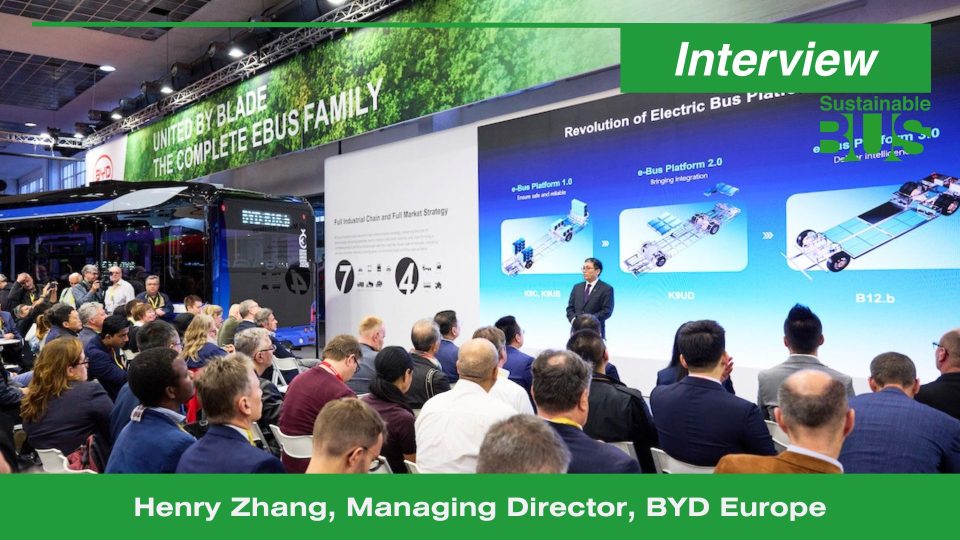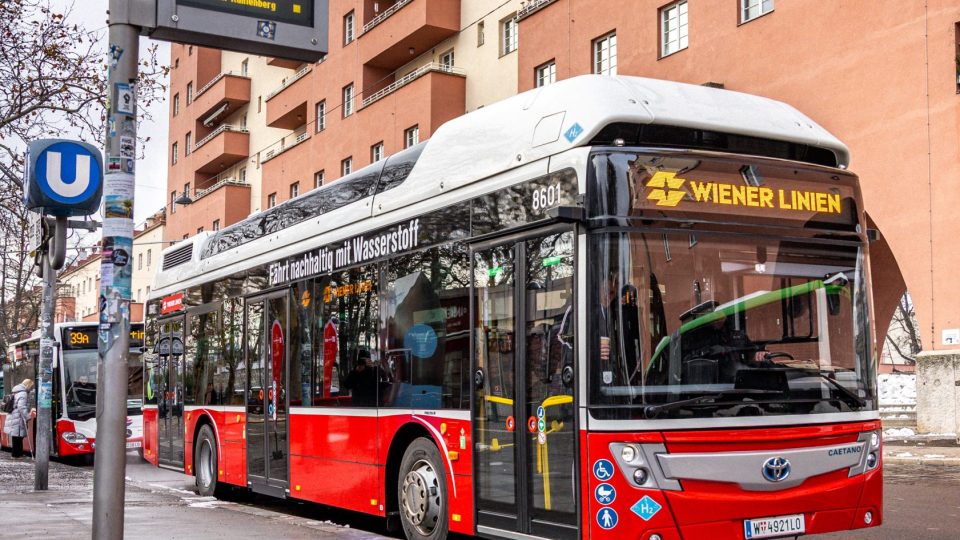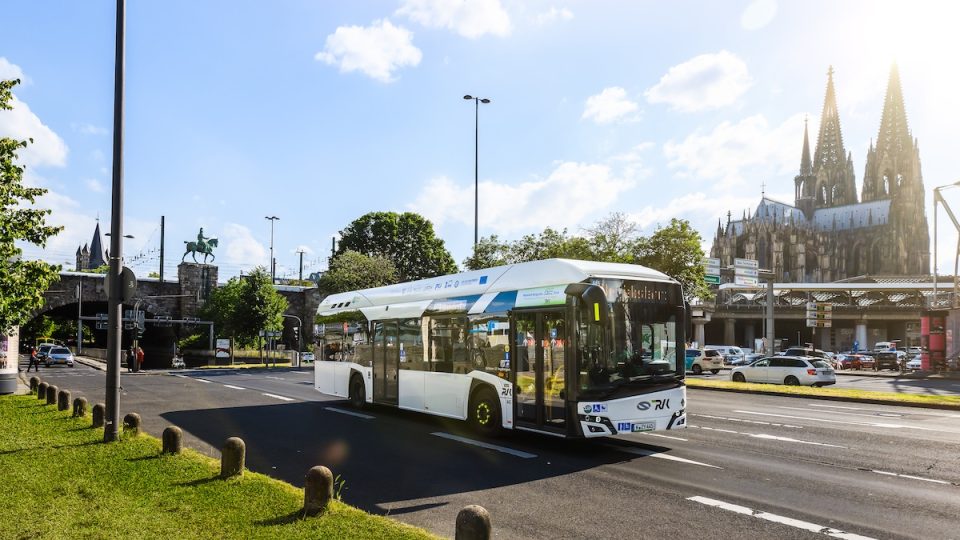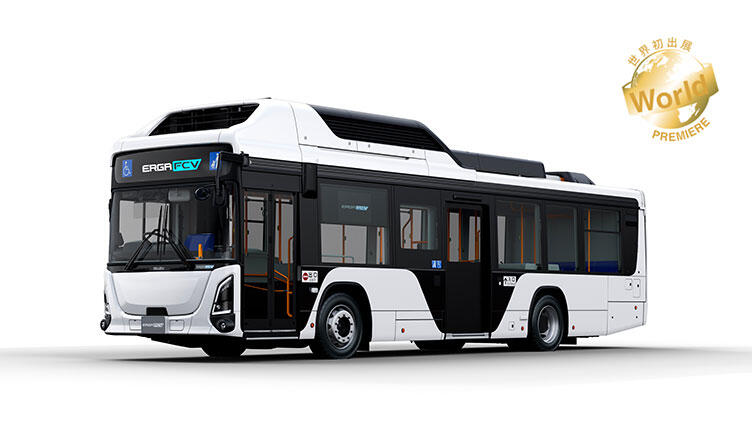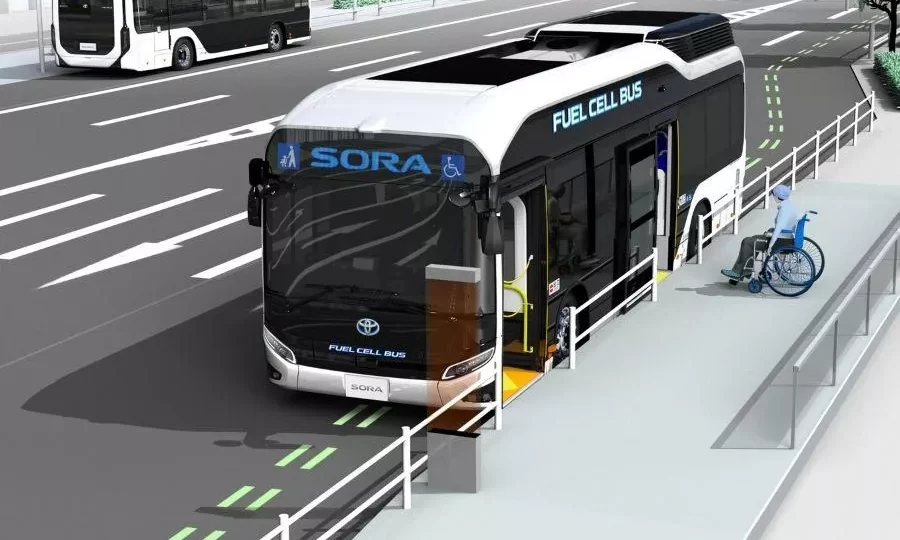Van Hool fuel cell buses launched on Brussels’ roads (with Worthington cylindres)
The hydrogen bus that Belgian bus maker Van Hool just delivered to Brussels-based STIB-MIVB, the city’s public transport company, is powered by onboard fueling system and cylinders designed and manufactured by Worthington Industries. This is just the latest development in a long-standing co-innovation partnership between Van Hool and Worthington to create next generation onboard fueling […]
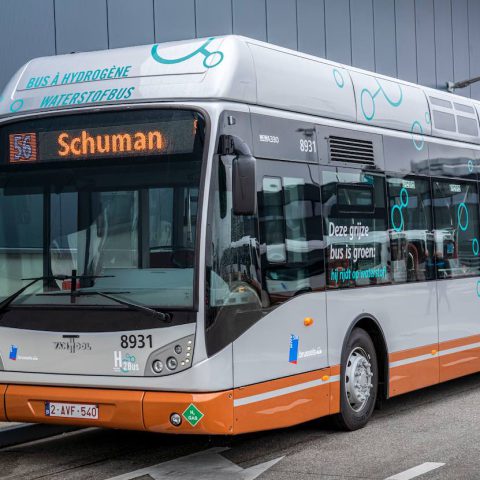
The hydrogen bus that Belgian bus maker Van Hool just delivered to Brussels-based STIB-MIVB, the city’s public transport company, is powered by onboard fueling system and cylinders designed and manufactured by Worthington Industries. This is just the latest development in a long-standing co-innovation partnership between Van Hool and Worthington to create next generation onboard fueling systems for city buses, Worthington says.
STIB-MIVB plans to put the 12-meter-long, hybrid (fuel cell and battery) vehicle through two years of road tests to prove the reliability of the H2 technology, its efficiency, range and maintenance costs –– as well as overall operational costs, including cost reductions that are related to CO2 emissions reductions. With a max tank capacity of 39 kg of hydrogen, this A330 model bus will be able to carry out a full day’s schedule covering some 400 km.
Hydrogen technology for Brussels
The onboard fueling system Worthington delivered to Van Hool consists of five aluminum, carbon-fiber-wrapped (Type 3) cylinders, as well as piping, gas-street components and valves, all mounted on a 100 percent aluminum frame, according to Radiša Nunić, Director European Sales and Public Affairs – Alternative Fuels I HDV of Sustainable Energy Solutions, a Europe-based business segment of Worthington Industries, whose corporate headquarters are in Columbus, Ohio. The segment has already outfitted multiple buses for Van Hool that are in service across Europe.
Mr Nunić has been speaking at the webinar “Hydrogen buses… their time is now?” organized by Sustainable Bus within the Sustainable Bus Tour 2021.
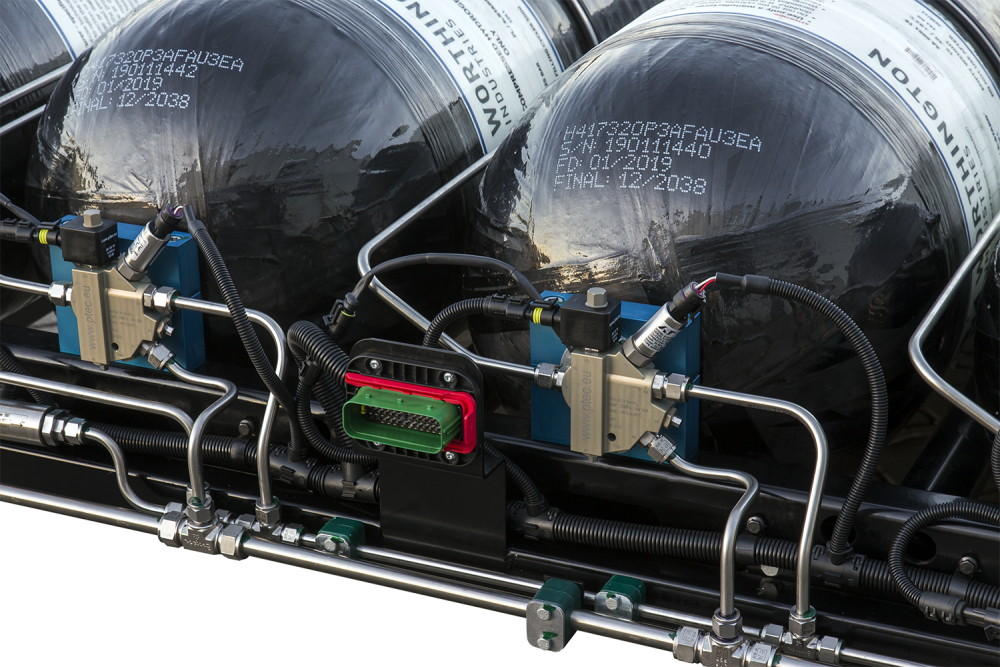
Van Hool, a 74-year-old, independent manufacturer of buses, coaches and industrial vehicles based in Brussels, introduced the first hydrogen bus in North America in 2005 and launched them in Europe two years later. The firm is convinced that hydrogen is an efficient and eco-friendly fuel for public transport. At present, some 162 Van Hool hydrogen buses are in operation on two continents.
“We now have Van Hool hydrogen buses operating in almost every country in Western Europe and North America,” notes CEO Filip Van Hool, “and the interest in hydrogen zero emission public transport rises exponentially in our neighboring countries. Here at Van Hool, we are making every effort to work closely with STIB-MIVB on this comprehensive and detailed research project.”

